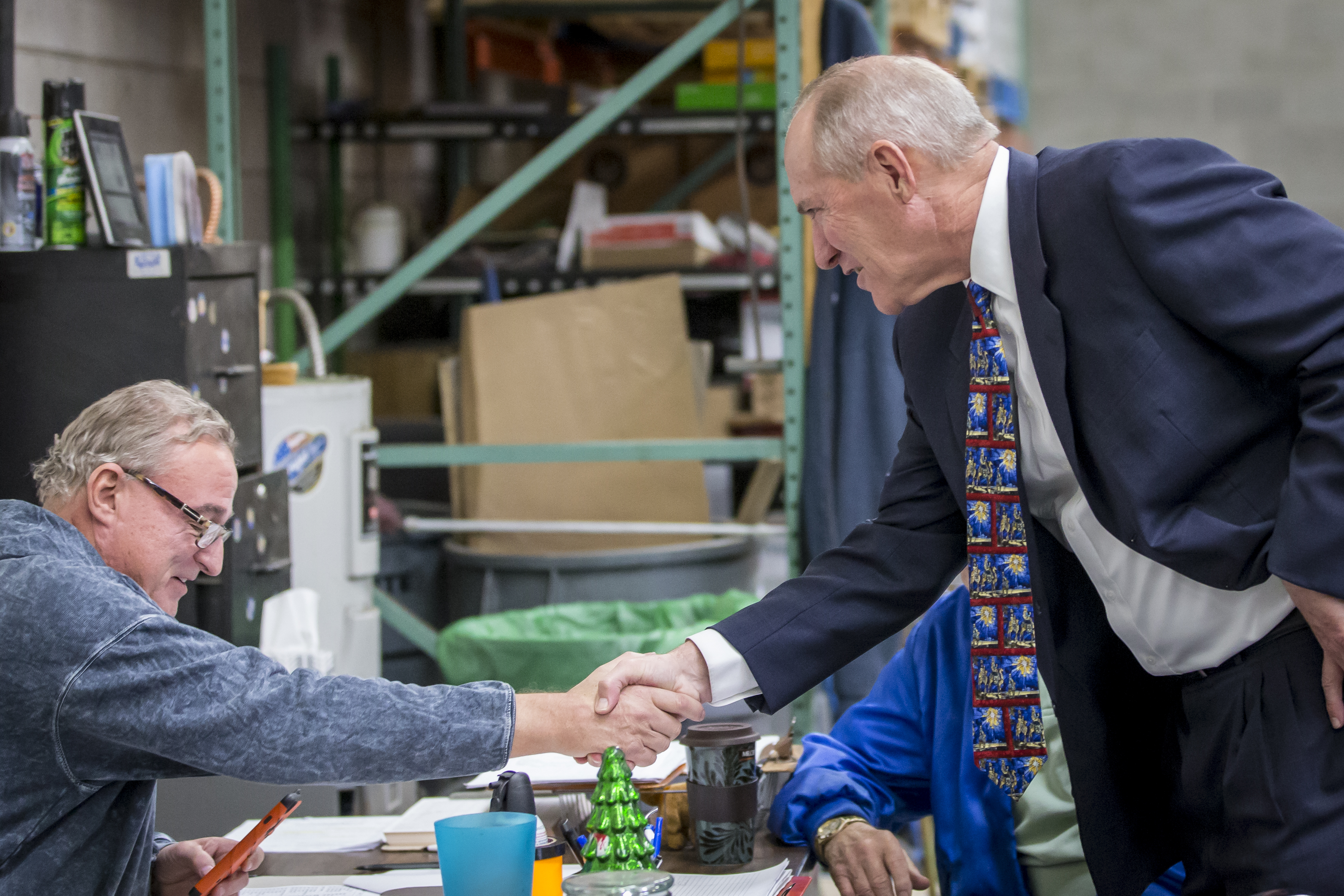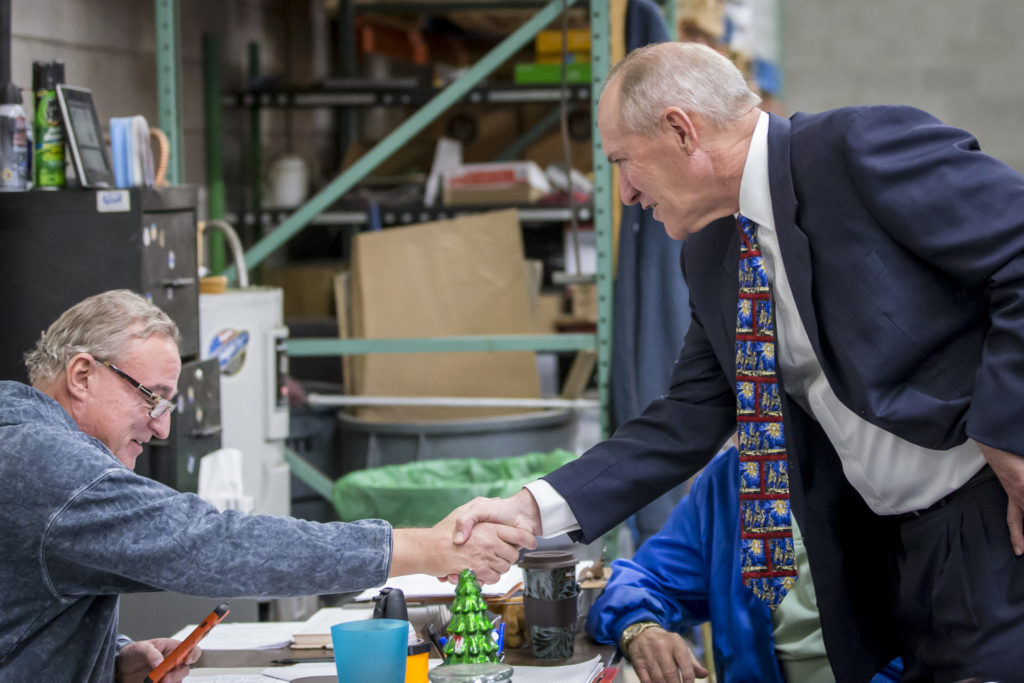
There’s a saying that nothing is foreign to the Society of St. Vincent de Paul. With 15 programs that feed, clothe, house or heal someone in need, it’s easy to see why.
“I don’t ever want to forget this organization is built by ordinary people,” said Steve Zabilski, who as of Jan. 6, marked 20 years as executive director of Phoenix’s Society of St. Vincent de Paul. With 83 Conferences of Charity, over 2,500 active and associate members (Vincentians), and more than 6,000 volunteers, it is also the nation’s largest and ranks among the world’s largest.
With such high numbers, it’s easy to see why a certain World War II-era instrumental, Aaron Copland’s “Fanfare for the Common Man,” fits right in.
A decorative copy of Copland’s music sheet hangs among the framed photos of volunteers that surround Zabilski’s narrow, rectangular office in south Phoenix. The 1943 composition reminds Zabilski of the countless individuals and corporations who give of their time and money to help their neighbors in need. The fact that it was written only three years before Phoenix’s council was established on April 26, 1946, underscores its significance.
Having just marked its 70th anniversary in 2016, what started as a volunteer-run food pantry at St. Mary’s in downtown Phoenix now operates a medical and dental clinic, ministry to the homeless, a housing shelter for the elderly and disabled, five dining rooms, 17 thrift stores, and 83 volunteer-run food pantries. And a farm.
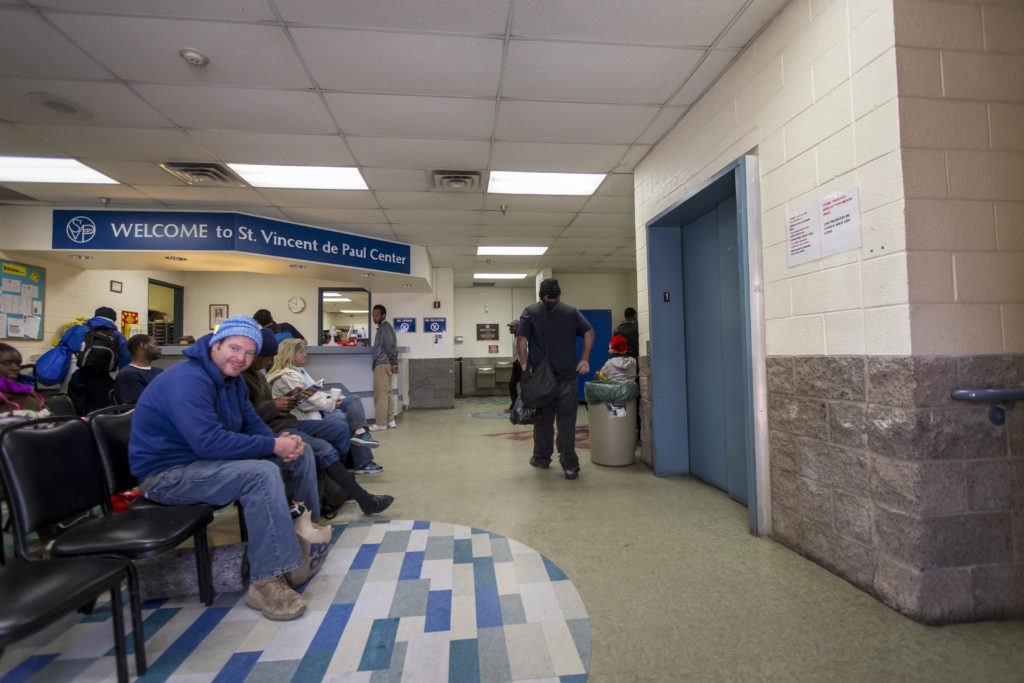
St. Vincent de Paul is a place where “those who seek assistance and those who offer support meet on the common ground of God’s love,” Zabilski said, partway through a guided tour of the organization’s 30-year-old bustling main campus at 420 W. Watkins Road in Phoenix.
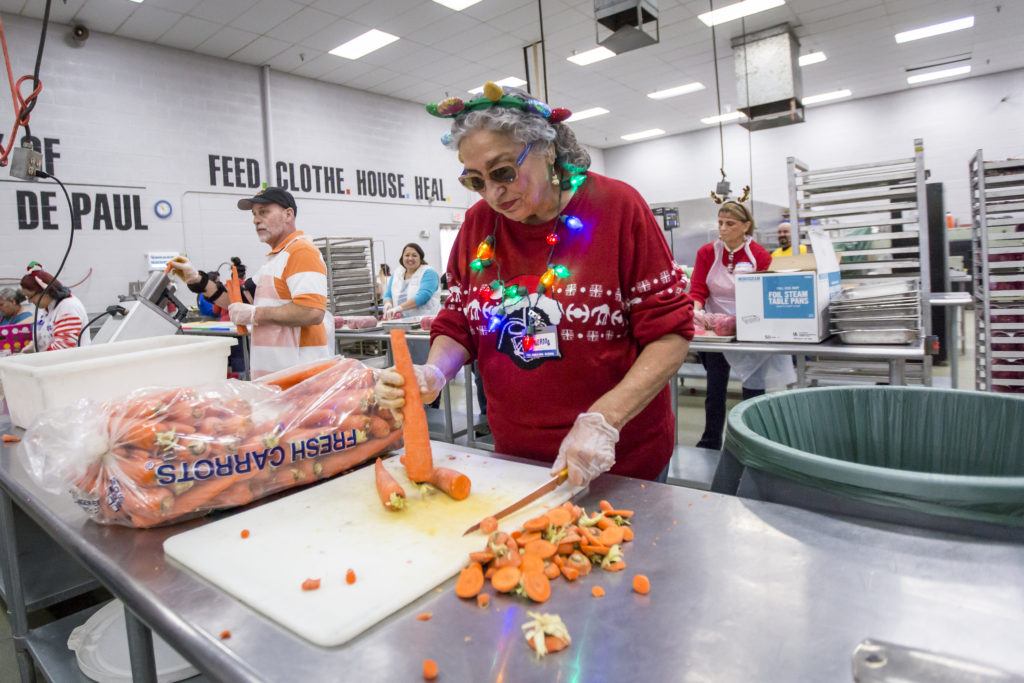
As The Catholic Sun trekked in and out of buildings, through its forward-thinking Urban Farm and back, these ordinary people who make the volunteer-run organization successful under Zabilski’s leadership were everywhere. Since it was midweek and between mealtimes, most volunteers were busy at work, whether that was in the industrial kitchen, outside amongst the growing vegetables, stocking the food warehouse or running the medical and dental clinics, to name a few spots.
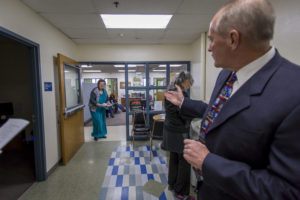
Among the many good works of mercy that occur here, Zabilski highlighted the “Going Home” ministry. Volunteers, largely Vincentians, verify that guests have a stable shelter waiting for them with friends or family in other parts of the country, and secure financial means to get them there via bus or other mode of transportation.
“Obviously, there’s a lot we can do to help people here, but if we can get people home to be with family, that’s special,” Zabilski said.
Uniting one another as true family or as a spiritual family in Christ is a hallmark of Vincentian work. Those who make home visits with food boxes and emergency funds offer to pray with the individuals and families they visit. Others can attend weekly Mass at the main campus or stop by the chapel almost any time, where a relic of St. Vincent de Paul himself resides.

“That’s really powerful to come in and know that St. Vincent de Paul is here physically,” Zabilski said, adding that he keeps his busy schedule open enough to pray and reflect on the “great blessings” donors, staff and volunteers pour over the organization.
Their talent, resources and forward thinking have launched simple but profound ways to uplift those in need. The Urban Farm has doubled the pounds of produce harvested in the last year alone, revamped dining room menus, turned clients into volunteers, sprouted healthier eating habits all-around and held a “farm-to-table” dinner right in the farm.
And at its annual Restoring Hope Fundraising Breakfast in November, St. Vincent de Paul announced that Rob and Melani Walton have provided a $1 million commitment to help expand the Urban Farm as part of its $16 million “Building a Resilient Community” capital campaign.
Zabilski also pointed to the “Dream Center,” situated at the east end of the Family Dining Room as an example. It came to life five years ago after one man realized he could do something more meaningful with his money other than give his wife an expensive piece of jewelry each Christmas. So, he funded the Dream Center.
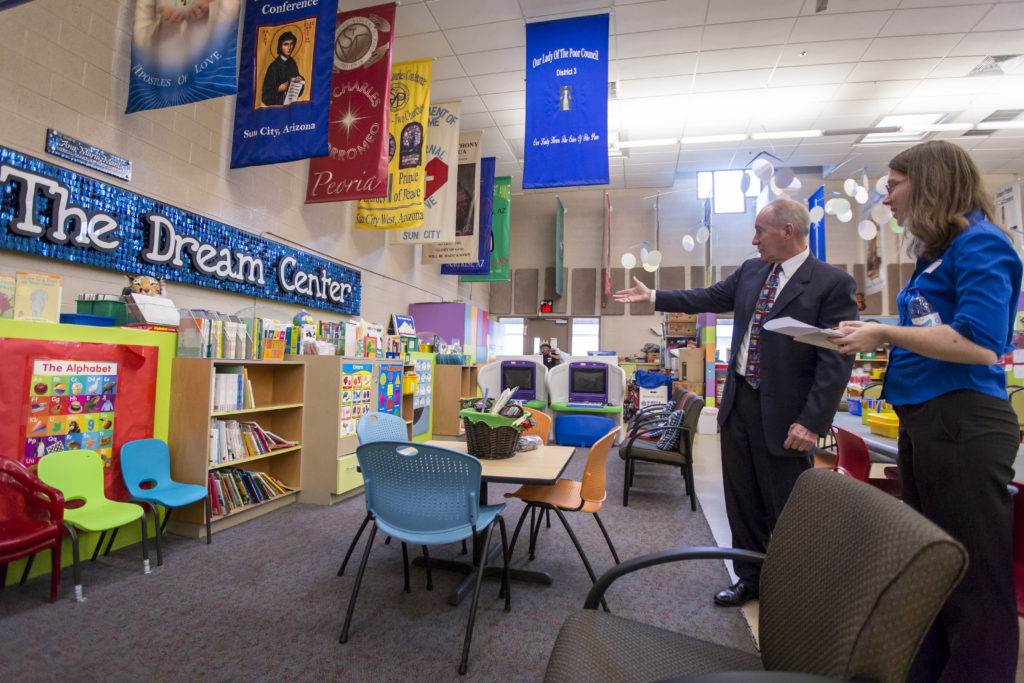
Now, children gather there on weeknights for homework help, reading, games and modern S.T.E.M. activities, including a 3-D printer, all of which have supported academic gains in school. One young man, now off at Duke University, developed a math curriculum for the center and came weekly to tutor.
“This is a place that is giving people a chance to be of service, to live their vocation, whatever it is,” Zabilski said.
Such love translated to St. Vincent de Paul earning a Points of Light Award in Washington, D.C., 16 years ago when its Hearts and Hands Day was named the most family-friendly volunteer program in the country. Little hands with big hearts create simple centerpieces for the Family Dining Room or hygiene kits for guests. The now-monthly volunteer effort draws 400-600 people.
Phoenix’s St. Vincent de Paul got a head start on what’s now an international strategic goal to reach out to young people. Mini Vinnies are forming at local Catholic schools and a Vinnies advisory group of young professionals routinely meet. A donor recently gave $10,000 earmarked for young people so “We asked the children, ‘How would you like to see the money used?’” Zabilski said.
They responded: the Dream Center and medical clinic.
“He’s such a great servant leader,” said Jerry Castro, director of food services. Castro has worked for Zabilski the last 17 years, but spent the last 31 as a volunteer out of Sacred Heart Parish.
Castro has seen the organization grow from producing 2,300 meals per day through the kitchen to 4,500. That includes a breakfast option the last 11 years on the Human Services Campus and a weekly dinner the last two years.
That dining space has doubled as a nightly overflow shelter the last 18 months. It was a partner effort then with other agencies, but St. Vincent de Paul has served as the overflow shelter the last four months. Castro recalled bringing the idea to his supervisor and Zabilski.
“It was a no-brainer. How could we not do this? It was us as a team saying, ‘Yes, we need to do this,” Castro said. He said he’s grateful to have a leader whose example he can follow.
“The staff doesn’t do anything he wouldn’t step up to do,” Castro said.
Whether it’s a home visit, a fresh, home-cooked meal or an array of other ways to help, embedded in that “Fanfare for the Common Man” that guides St. Vincent de Paul operations, “There’s that message: we care about you,” Zabilski said.



